Help boost your sales with sustainable practices and products
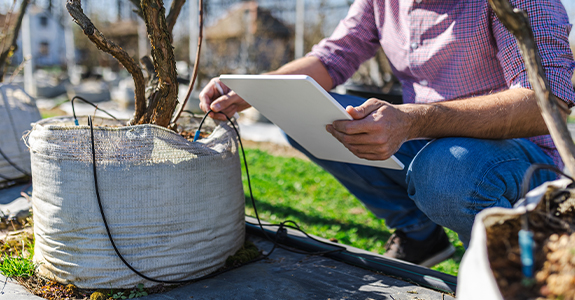
There’s an active consumer group in the floral industry that caters to businesses that are environmentally responsible and embrace sustainable practices from seed to centerpiece.
This presents new opportunities for wholesale, retail, and event florists. By incorporating eco-friendly practices into your business, your floral business can thrive, while aligning with the values of an active segment of the market.
A demand for sustainable products
Consumers seeking sustainable products follow a core set of principles that prioritize environmental well-being throughout the floral supply chain. And they’re willing to pay companies that hold—and practice—a similar set of values.
In a 2023 survey by the American Society for Horticultural Science, 61% indicated they would be more willing to make purchases from an environmentally friendly floral provider versus one who isn’t.
Practices that influence their buying decisions include sustainable sourcing of flowers, using environmentally friendly packaging, reducing inventory waste, and promoting organic growing methods.
By embracing these practices, you’re not only making a positive impact on the environment, but you’re also positioning your business as a niche provider in the industry. And you’re appealing to a powerful segment of consumers who support growers who prioritize environmental responsibility.
With more than 135 years of experience in the floral industry, we understand the risks you face.
Implementing environmentally friendly practices at your business
Here are key areas to consider when translating the principles of the sustainable movement into actionable steps for your business.

Sourcing flowers
Seek out local flower farms that prioritize sustainable practices. Look for certifications like USDA Organic or Fairtrade International to ensure ethical and environmentally responsible sourcing. Obtain your flowers and foliage locally to reduce carbon emissions associated with transportation and support local growers.

Eco-friendly techniques
Implement sustainable practices in your greenhouse operations and floral design, such as:
Using drip irrigation systems to conserve water
Incorporating natural alternatives to chemical fertilizers
Experimenting with sustainable and biodegradable materials for floral arrangements, such as recycled paper, plant-based plastics, or compostable containers
Composting your organic materials after events
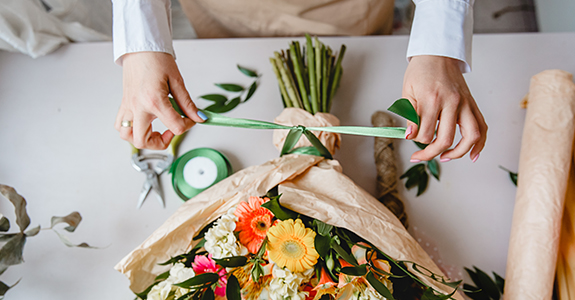
Creative reuse
Repurpose and reuse floral supplies whenever possible. Use recycled packaging materials for your bouquets. Offer a discount on arrangements made with flowers nearing the end of their vase life or for customers who bring in their own vases for reuse.
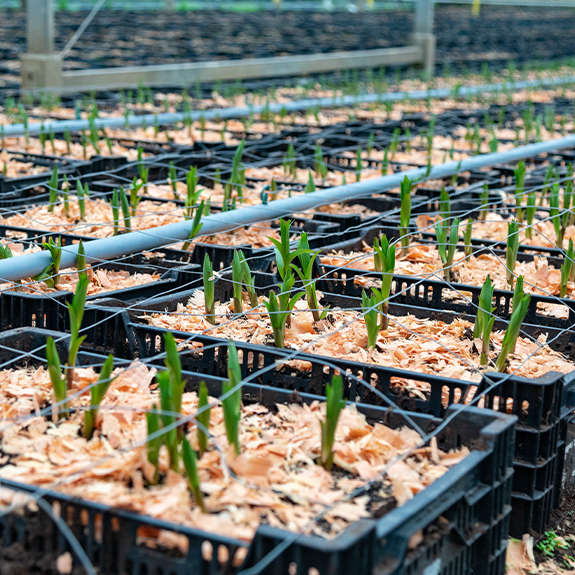
An avenue to help grow your business
By being an active participant in this movement, you can market yourself as a sustainable florist, attract a new clientele, and foster brand loyalty with environmentally conscious customers.
You can also inspire other florists to adopt sustainable practices, contributing to a more responsible and environmentally friendly floral sector.
And remember, if your business changes as you implement more environmentally sound practices, your horticultural business insurance policy should reflect those changes.
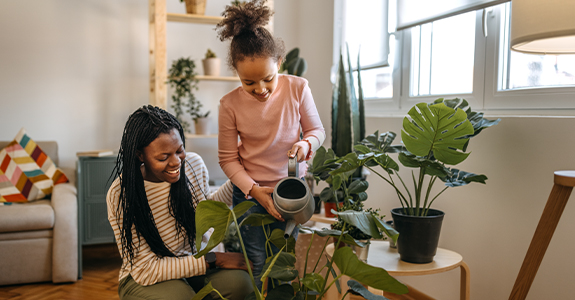
Increase profits with the mental health benefits of plants and flowers
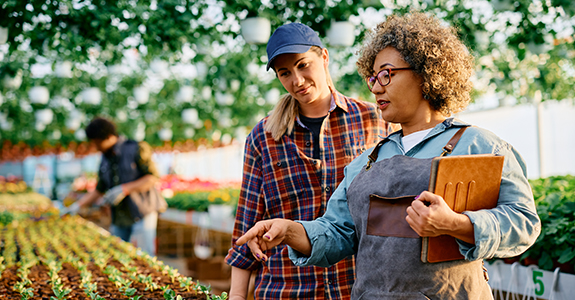
5 trends shaping the horticulture industry in 2025
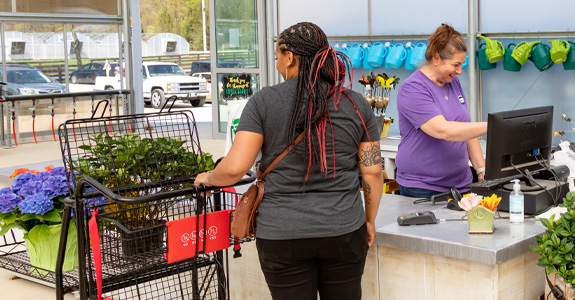
Prioritize customer service with renewed commitment
The information in this article is for informational or entertainment purposes only. View our disclaimer by going to terms and conditions and clicking on Learning Center disclaimer in the table of contents.





